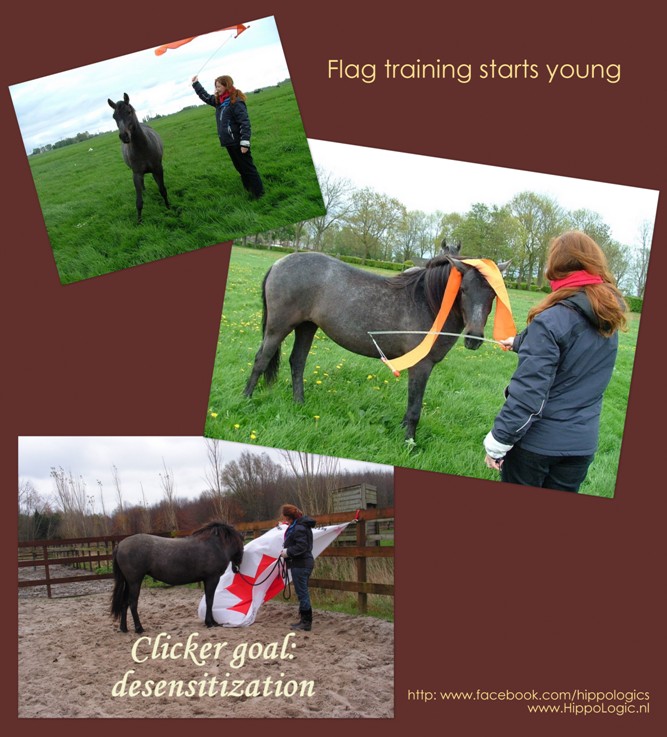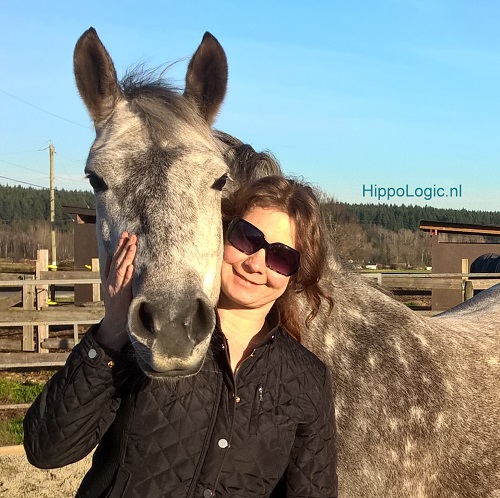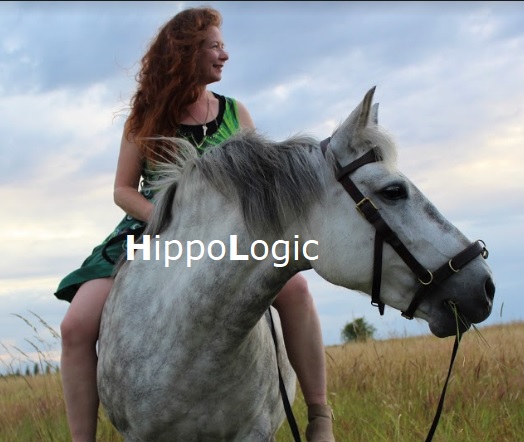In one of the Facebook groups I am in, I posted a video of all the hair Kyra is shedding and I asked: ‘What is your number 1 tip in shedding season?’
Get a vacuum!
Lots of people replied with ‘shop vac’. For who don’t know what that is, it’s a heavy duty wet/dry vacuum. They are fairly inexpensive (cheaper than an equine grooming vac and also bigger). You can buy a curry (brush) to attach, so you can groom and vacuum the hair off of your horse at the same time.

I bought a curry for dogs since that was the only one I could find online. It’s a bit small with 3 inch diameter but it works great!
First I thought it was a bit snobbish to vacuum my horse, yes I admit. I thought this is only for people who want to be done quickly.
I can tell from experience: I’m spending more time with Kyra. She loves the shop vac! Since I don’t have to spent time raking and cleaning up after a grooming session that’s time I now can spent connecting with Kyra. With the shop vac I spent more time grooming instead of less, because it’s fun! It’s so rewarding to get all that hair off of her.
Training Plan to Introduce a Vacuum To Your Horse
I only needed three 5 min at liberty sessions to be sure Kyra would be good with the shopvac. This was my shaping plan in 3 steps.
I always try to incorporate 5 senses when introducing a new potentially scary object: vision (observe the scary object), then investigate the object with smell and touch (nose, teeth). They might want to taste it (licking) too. It’s all part of investigating. The sense hearing comes into play with unknown objects that make sound, like a vacuum.
1. Introducing “The Thing”

I let Kyra inspect and investigate it. Approaching, sniffing and engaging (as long as it doesn’t damage the shop vac) is all clicked and reinforced with medium to high value treats. Kyra is at liberty in the out door arena so she can determine the distance between her and the vacuum and determine her own pace of investigating and satisfying curiosity.
Then I walked around with the shop vac and I click and reinforce ‘standing still’ (Key Lesson #2: Patience). She’s at liberty and can move away if she wants. I make sure she stays under threshold and pay attention to her body language. I do this because later on I need to move the shop vac near her hindquarters, front and sides.
2. The sound
Repeat step 1 but now the shop vac is ON and makes noise.I click and treat generously so the sound only will be associated with good things happening.
3. The ‘Feel’ (suction)
Now the last part is to introduce Kyra to the ‘feel’ (suction) of the vac! Make sure the horse doesn’t get bad experiences. For me it was a bit scary when Kyra wanted to sniff the hose/curry. I prevented her nose to be stuck or sucked onto the tube/brush with my hand.
Beware of Static Electricity!
People also gave me a heads up about static electricity and using lots of Static Guard (a spray you can find in the laundry department of your supermarket to eliminate static). Kyra is already great with spray cans so that was not part of this shaping plan.
Click the FB icoon to watch Kyra’s video on Facebook.
Result Clicker Training
It only took a few sessions for Kyra to realize how the vac helps her to get rid of the loose hair.
She really enjoys the vacuuming and I use it as reward for behaving and cooperating while after changing the dressings on her infected hoof (see this blog).
In 30 minutes I get 10 times as much hair off of her than with currying manually! So it works GREAT!
Questions about how to train this yourself? Contact me (hippologic@gmail.com) I offer online horse training support.
If you have trouble introducing and using a vacuum with your horse you’re probably ‘lumping‘. I can help you make a proper shaping plan.
7 Reasons of why this is my no #1 Tip for Shedding Horses
- My Horse loves it!
- I don’t end up with dust behind my hard contacts (that really hurts my eyes)
- I spent more time grooming than cleaning
- No more raking after grooming
- No more hairs flying around ending up in your mouth
- About 97% LESS horse hair on your own cloth (just an estimate) that gets in your car and home
- My horse loves it. Oh, yes I said that already…
Happy Horse training! You are the trainer!
Sandra Poppema, BSc
Founder of HippoLogic and Creator of the Confident Clicker Trainer course
Want to do more with Clicker Training?
Join the HippoLogic Academy! I coach and support you personally getting your dream results with positive reinforcement, so that you can bond with your horse in the process. Create a connection build on mutual trust and understanding, a clear two-way communication built on love. Click the image to go access the application form ↓

Not sure? Start with a free clicker training assessment to get taste of what it feels like to work with me. When you have a specific struggle that you want to overcome, don’t hesitate to contact me.
In this assessment you’ll discover what’s holding you back from accomplishing the things you want with your horse. After our conversation you’ll know exactly what to do, in order to move forward towards your goals.






 If your horse goes ‘over threshold’ due to trigger stacking it means the horse can’t coop with the stimuli (the unfamiliar or new thing in the arena, the fact that he can’t investigate, that he is forced to approach it and so on) and he goes into flight (sometimes fight) response in order to release the tension.
If your horse goes ‘over threshold’ due to trigger stacking it means the horse can’t coop with the stimuli (the unfamiliar or new thing in the arena, the fact that he can’t investigate, that he is forced to approach it and so on) and he goes into flight (sometimes fight) response in order to release the tension.


 Horses are curious by nature and when you let him run away, he will feel safe and find the right distance that feels safe for him to inspect the object. Then he wants to come closer and see what it is. If you can encourage your horse with positive reinforcement to examine the new thing, his curiosity is triply rewarded. First of all because he satisfies his own need to know that it is safe, second because you reinforced him to be curious and third by giving him the freedom to run away to lower his stress. Instead of pushing him to move towards something scary while he is not yet ready to do so.
Horses are curious by nature and when you let him run away, he will feel safe and find the right distance that feels safe for him to inspect the object. Then he wants to come closer and see what it is. If you can encourage your horse with positive reinforcement to examine the new thing, his curiosity is triply rewarded. First of all because he satisfies his own need to know that it is safe, second because you reinforced him to be curious and third by giving him the freedom to run away to lower his stress. Instead of pushing him to move towards something scary while he is not yet ready to do so.


















You must be logged in to post a comment.